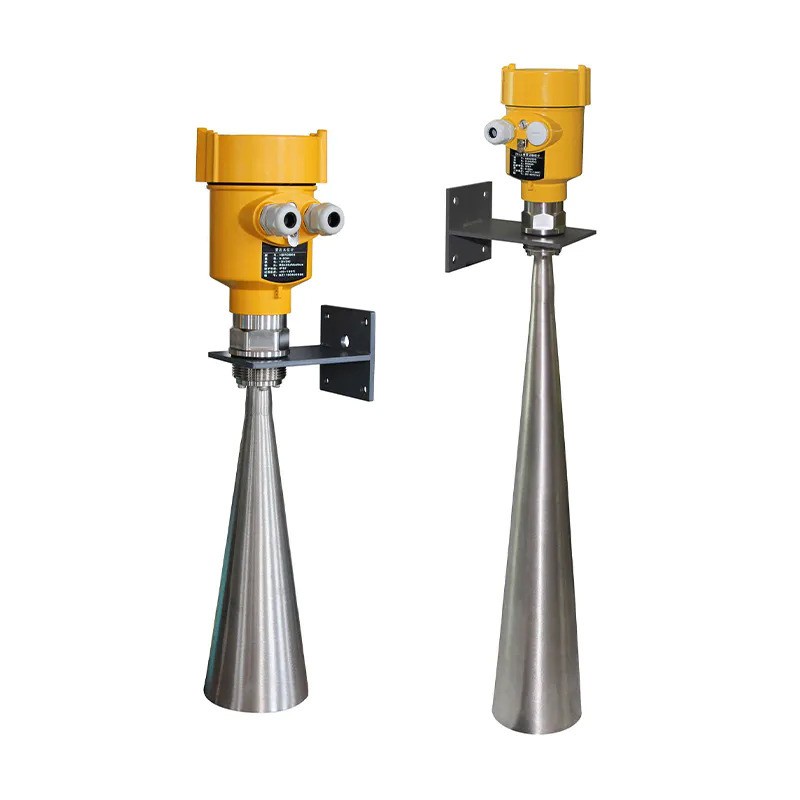Radar type level transmitters have become increasingly popular in tank gauging systems for a variety of reasons. These transmitters use high frequency radar waves to measure the level of a liquid or solid material in a tank. They can provide accurate and reliable measurements, making them ideal for a wide range of industries such as oil and gas, chemical, and water treatment plants.
Advantages
Continuous Level Measurements
One of the key advantages of radar level transmitters is their ability to provide continuous level measurements. This means that operators can constantly monitor the level of a tank without the need for manual intervention. This is especially useful in applications where precise level control is essential, such as in the production of chemicals or pharmaceuticals.
Accuracy in Challenging Environments
Another advantage of radar level transmitters is their ability to provide accurate measurements even in challenging environments. They are not affected by factors such as temperature, pressure, or vapor, making them highly reliable in a variety of conditions. This is crucial for industries where accurate level measurements are critical for safety and efficiency.
Non-Contact Measurement Solution
Radar level transmitters also offer a non-contact measurement solution, meaning that they do not come into direct contact with the material being measured. This reduces the risk of contamination and minimizes maintenance requirements. In addition, radar transmitters can be easily installed on the top of a tank, eliminating the need for invasive probes or floats.
Versatility in Tank Sizes and Shapes
Furthermore, radar level transmitters are versatile and can be used in a wide range of tank sizes and shapes. They can measure levels in tall, narrow tanks as well as large, wide tanks, making them suitable for a variety of applications. This flexibility makes radar transmitters a popular choice for tank gauging systems in industries where tanks come in different shapes and sizes.
Limitations
Cost
Despite their many advantages, radar level transmitters do have some limitations. One potential drawback is their relatively high cost compared to other level measurement technologies. However, this initial investment is usually offset by the long-term benefits of accurate and reliable measurements.
Dependence on Installation and Calibration
Another limitation of radar level transmitters is their dependence on proper installation and calibration. In order to ensure accurate measurements, the transmitter must be installed correctly and calibrated regularly. This can be time-consuming and require specialized training for operators.
Conclusion
In conclusion, radar type level transmitter play a crucial role in tank gauging systems for a variety of industries. Their ability to provide continuous, accurate, and reliable level measurements make them an ideal choice for applications where safety and efficiency are paramount. While they come with some limitations, the advantages of radar level transmitters far outweigh the drawbacks, making them a valuable tool for industrial processes.


No comments yet